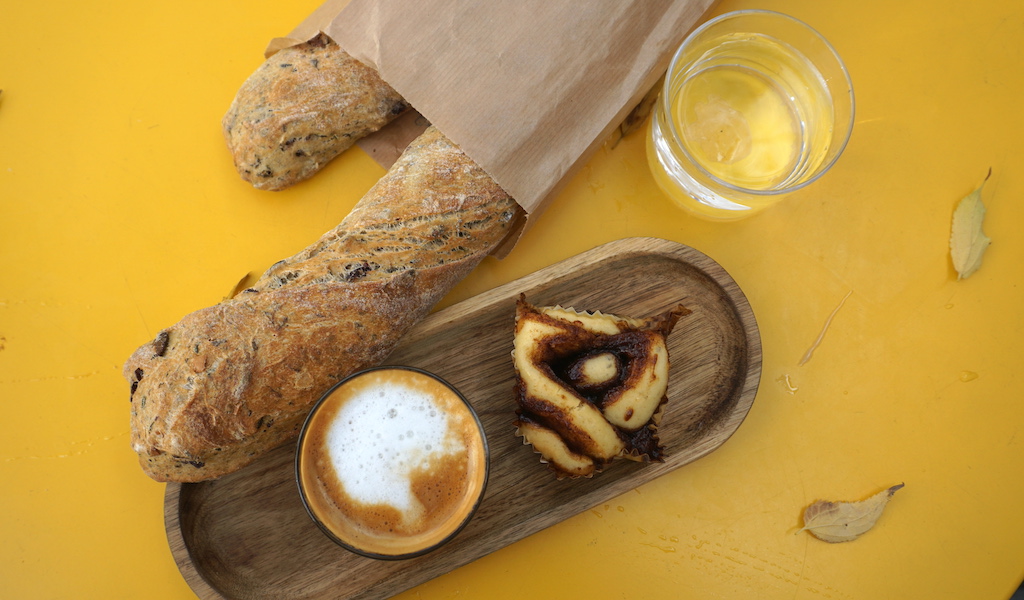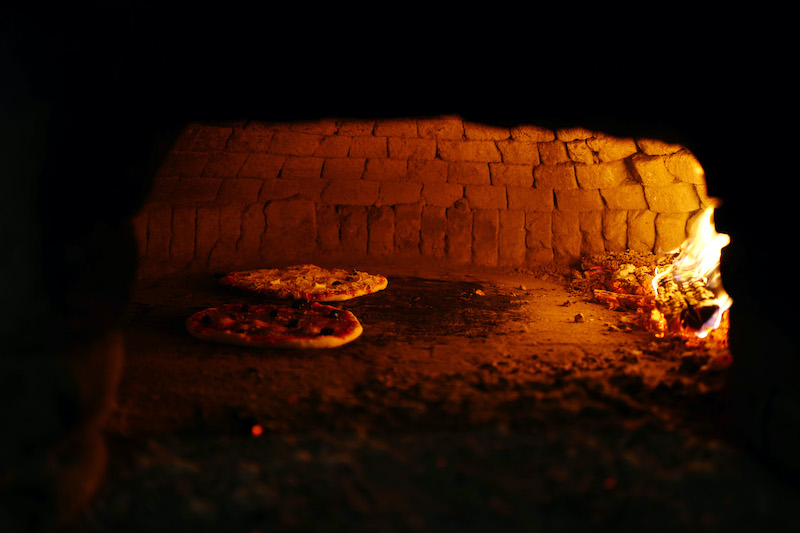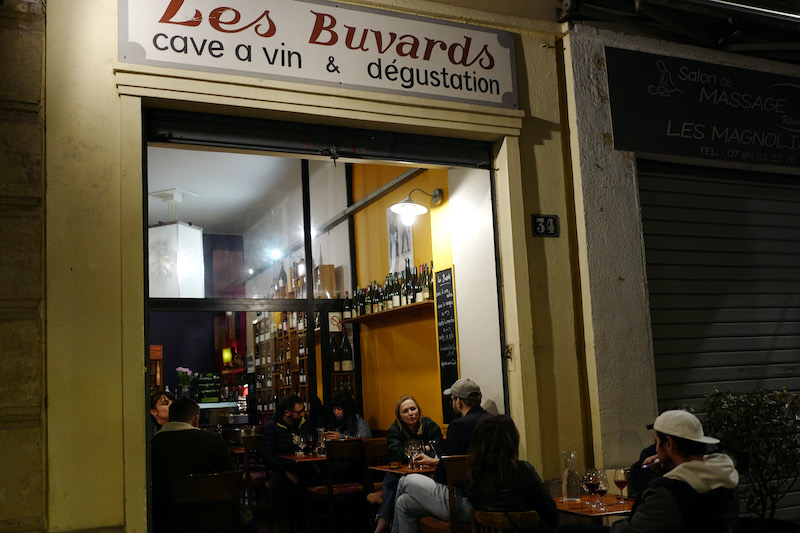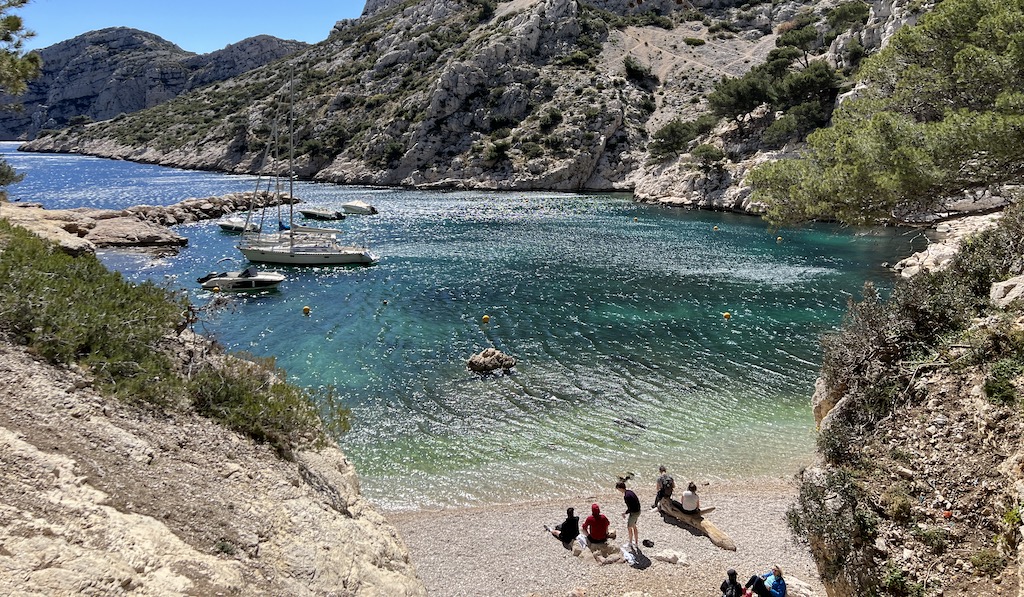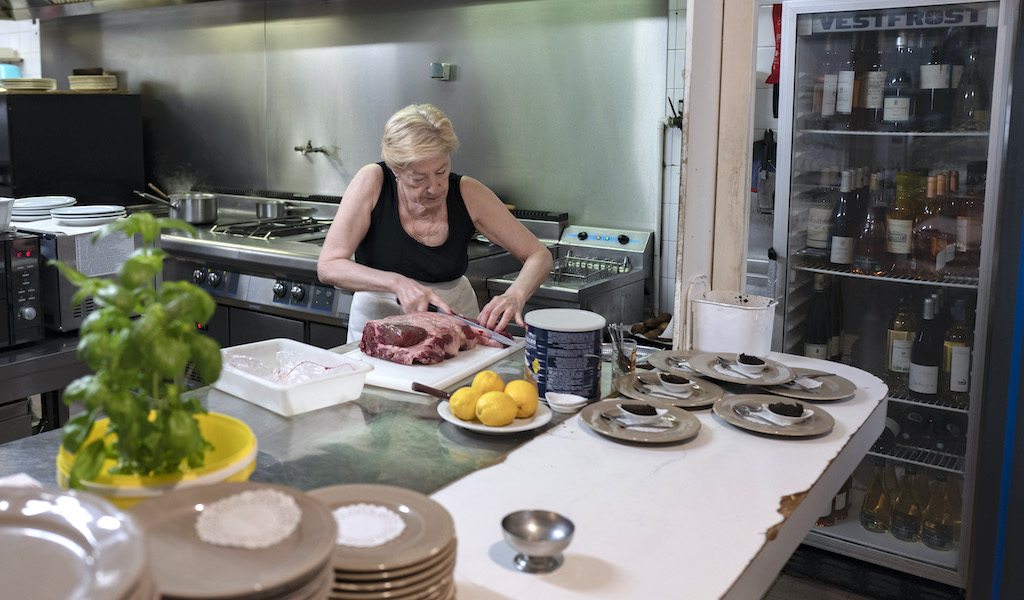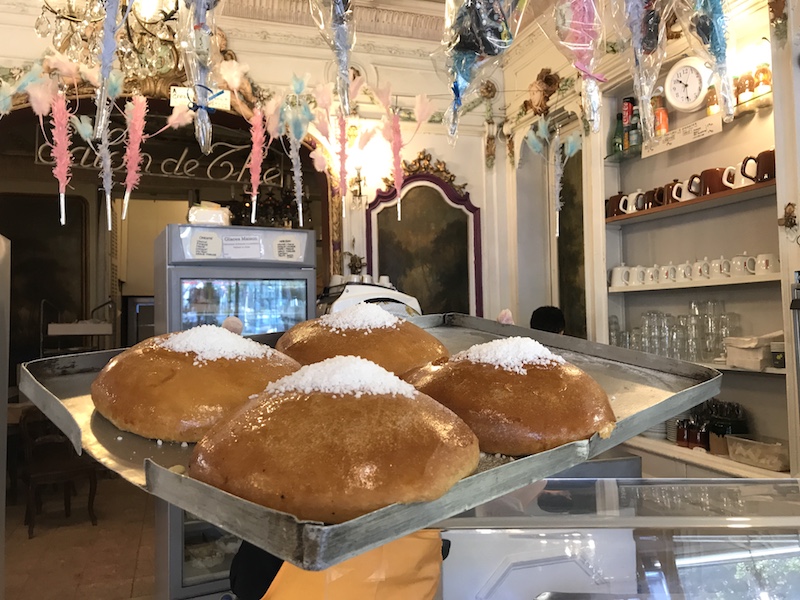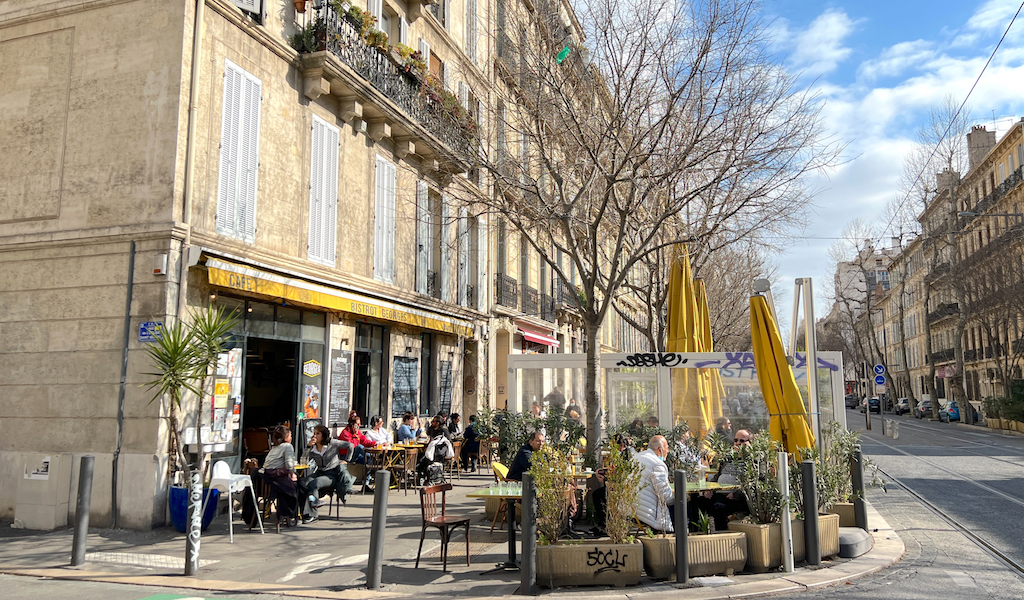We can't find the internet
Attempting to reconnect
Something went wrong!
Hang in there while we get back on track
Search results for "Alexis Steinman"
Marseille
Best Bites 2022: Marseille
Memorably delicious food usually comes in the form of a single item, and not necessarily a sit-down meal. An experience of heightened senses, eating a favorite food is above all an awareness of first seeing, smelling, or touching what we are about to put in our mouths. From these signs, we can already guess that it will be wonderful. As important is the scene where this chosen food is made and eaten, especially in a funky town like Marseille. If the ambiance is dynamic and interesting, it becomes part of the eating experience – so much so, that take-out or eating our find at home, we instinctively know, could change the taste.
Read moreMarseille
Chez Etienne: Pizza Marseillais
“Those who don’t know Etienne, don’t know Marseille,” insists a French weekly in a piece about the cult pizzeria. They were raving about both place, Chez Etienne, and person, the enigmatic Etienne Cassaro, who transformed the worker’s canteen his Sicilian dad opened in 1943 into a local institution that endures today. Though Etienne’s light went out in 2017, his son, Pascal, continues to carry the family torch – alongside a long-standing staff who have been there for decades. Aptly located in the equally mythical Le Panier quartier, Chez Etienne is home-style cooking served in a homey setting. Inside a convivial room divided by stone archways, the tables are packed with regulars, tourists and politicians from nearby city hall (including Mayor Gaudin) who tuck their ties in their shirt to keep them from getting splattered with pizza grease.
Read moreMarseille
Les Buvards: Wine and Dine
One of the many charms of daily French life is the ability to eat and drink well without needing beaucoup bucks. The best place to put this in practice is at a bar à vin. Since one never drinks alone in France – literally and figuratively – these bars always offer something to snack on. Sometimes, it’s simply a plate of cheese or charcuterie to soak up the wine. Other times there are more substantial plates that alone are worth a visit. The unpretentious Les Buvards, one of our favorite bars à vin in Marseille, exemplifies the latter – an impressive feat since the kitchen is barely wider than a wine barrel.
Read moreMarseille
The Perfect Spring Day: Adventure, Architecture and Apéro in Marseille
Across Marseille, winter’s neon-yellow mimosas have given way to amandiers’ (almond trees’) fragrant white and pink blooms. Here, the French adage, “en avril, ne te découvre pas d'un fil. En mai fais ce qu'il te plaît,” (in April, don't remove a stitch. In May, do as you wish,”) is oft quipped, for our springtime weather can be fickle. Last weekend, I took a dip in the Mediterranean to cool off after a sun-soaked, 70-degree hike; as I write this, the local mistral wind has iced down the air temperature to just above freezing. Despite spring’s yo-yoing thermometer, ‘tis the season for Marseillais to fill up outdoor patios.
Read moreMarseille
Paule et Kopa: An All-Star Marseillaise Menu
Though Paris is littered with brasseries boasting classic French cuisine, Marseille lacks restaurants that solely specialize in our traditional fare – a mix of Provençal garlic, tomatoes, and olive oil and the freshly caught delights of the Mediterranean. When we lamented this at a dinner party the other night, a woman chimed in, “What about Paule et Kopa?” We had never heard of it despite its central locale. She raved that the supions à la provencale (garlic, parsley squid) were the best in the city. Then continued, “but I rarely share that for fear it will lose its simple charm.”
Read moreMarseille
Springtime Fêtes: Easter, Passover and Mimouna in Marseille
Growing up with a Midwestern Protestant mom and a Montreal-born Jewish dad, my family’s holidays wove together traditions, much like a braided challah bread. We topped our Christmas tree with the Star of David and served matzo at Easter brunch. More cultural than religious, our celebrations weren’t restricted to one faith or another. What mattered was the meaning: respecting our roots through ritual and thoughtfully gathering together around the table. Now living in multicultural Marseille, I still celebrate with the same interconnected spirit. Here, the similarities of the springtime holidays abound. For starters, they are semantic cousins, with Passover, Pâque juive, known as “Jewish Easter” in French.
Read moreMarseille
Neighborhoods to Visit 2022: Marseille’s Timeless Chave
When you board the 1 tram line in boisterous Noailles, the train snakes from a dark, underground tunnel onto the picturesque Boulevard Chave in the Le Camas district. Like the country roads of Provence, the wide street is lined with soaring plane trees. Behind them, 19th century buildings – a mix of typically Marseillais trois fenêtres (three window) and decorative Art Nouveau facades – add to the eye-pleasing promenade so beloved by locals. This scene was similar a century ago. Just a mile as the seagull flies from the Vieux-Port, Le Camas was appealing for its accessibility to the city center by tram. Landowner-turned-developer André Chave founded the neighborhood to accommodate Marseille’s growing middle class.
Read more